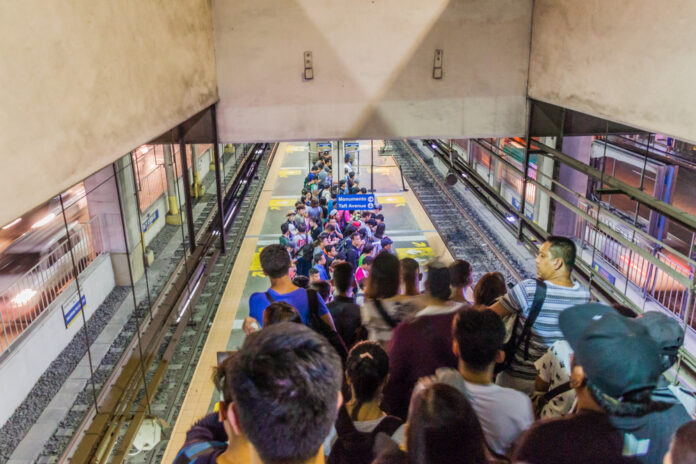Commuters on the Light Rail Transit Line 1 (LRT-1) could soon face higher fares, with the Department of Transportation’s (DOTr) Rail Regulatory Unit (RRU) set to announce a decision on the Light Rail Manila Corp (LRMC) fare hike petition within the next 30 days.
Speaking at a public hearing Thursday, DOTr assistant secretary for Railways Jorjette Aquino confirmed that a full evaluation of the request for fare increase will begin following the hearing, with key considerations such as affordability, household income, and inflation factored into the final ruling. Aquino emphasized that the proposal may not be fully approved and could see either a reduction or no hike at all.
The LRMC is seeking a 10.25 percent fare increase, which would raise the boarding fare for LRT-1 riders to P18.15, plus P1.65 per kilometer, from the current P13.29 plus P1.21. If approved, the end-to-end journey fare would rise from P43 to P58 for stored value cards and from P45 to P60 for single journey tickets.
The fare hike request arises from LRMC’s concession agreement, which allows for fare adjustments every two years. The LRMC claims the increase is warranted due to ongoing system improvements since it took over operations in 2015. The company also said the increase aligns with the contractual right to raise fares by 10 percent every two years, which explains the proposed jump.
Commuters are left waiting for the official decision, with some expressing concern about the potential burden of higher transport costs. As the review period continues, the DOTr will consider public feedback, including the broader economic conditions and the impact on riders. The upcoming ruling could shape the affordability of the LRT-1 for thousands of daily passengers.
While the decision is pending, the proposed fare increase could affect commuters’ daily budgets. Should the increase be approved, the adjustments will take effect in the coming months, putting more pressure on already-strained household expenses. For now, passengers are left hoping for a reasonable outcome that balances system improvements with affordability.







